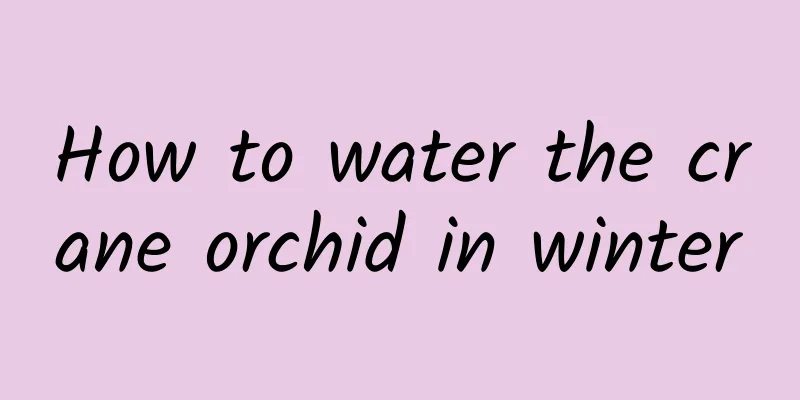Is oleander poisonous?

1. Is it toxic?Oleander is poisonous, and the toxicity is very high, which can seriously endanger people's lives. Its juice is the most toxic, and even a small amount of contact can cause poisoning. The whole plant is poisonous. After poisoning, symptoms such as vomiting, nausea and drowsiness will appear. In severe cases, it can cause loss of consciousness or even death. Therefore, when you see oleander, you can admire it from a distance, but never touch it, let alone eat it. 2. Can it be kept at home?As long as it is not accidentally eaten or touched, it can be raised at home. If you want to raise it at home, it is best to place it outdoors and do not let children touch or eat it. 3. NotesBe especially careful when growing it at home so that young children do not accidentally ingest it. Even dried plants can cause adverse symptoms in people. If you don't want to plant it, you must dispose of it properly and never burn or discard it casually. |
<<: Is it poisonous to grow Kalanchoe indoors?
>>: Which one is better at removing formaldehyde: Chlorophytum or Pothos
Recommend
When is winter wheat planted and harvested in the north?
Winter wheat is a crop with strong adaptability, ...
What flowers are suitable for growing in Shuangyashan? What are the city flowers and trees?
1. Climate characteristics of Shuangyashan Shuang...
How to water tuberose? The plant will grow very well if watered this way!
Life features: It likes fertile and loose soil, g...
The correct way to prune apple trees in summer
Summer pruning is essential to apple tree managem...
How often should I water my green radish? What should I pay attention to when watering?
How often should I water my green radish? During ...
How often should I water the gardenia?
How often should I water the gardenia? During the...
The growing environment and local conditions of plum trees
Plum Tree Growth Environment and Conditions The p...
The difference between cinnabar root and dwarf tea
1. Difference of blades The leaves of the cinnaba...
When is the best time to prune begonias?
Begonia pruning effect Pruning begonias during th...
How to prune Daphne koreana
1. Is this plant durable? We should understand th...
What fertilizer should be used for Clivia and how to propagate it?
1. What fertilizer to use When Clivia is a seedli...
What to do if the leaves of the Dance of Elegance fall off
Reasons for leaf drop Sun exposure The Dancing Pl...
Rose Flower Language
1. Flower Language Roses represent love and are u...
What are the cultivation methods and precautions of apple taro
Apple arrowroot cultivation method Apple arrowroo...
What flowers are suitable for growing in Bozhou? What are the city flowers and trees?
1. Bozhou's climate characteristics Bozhou ha...









